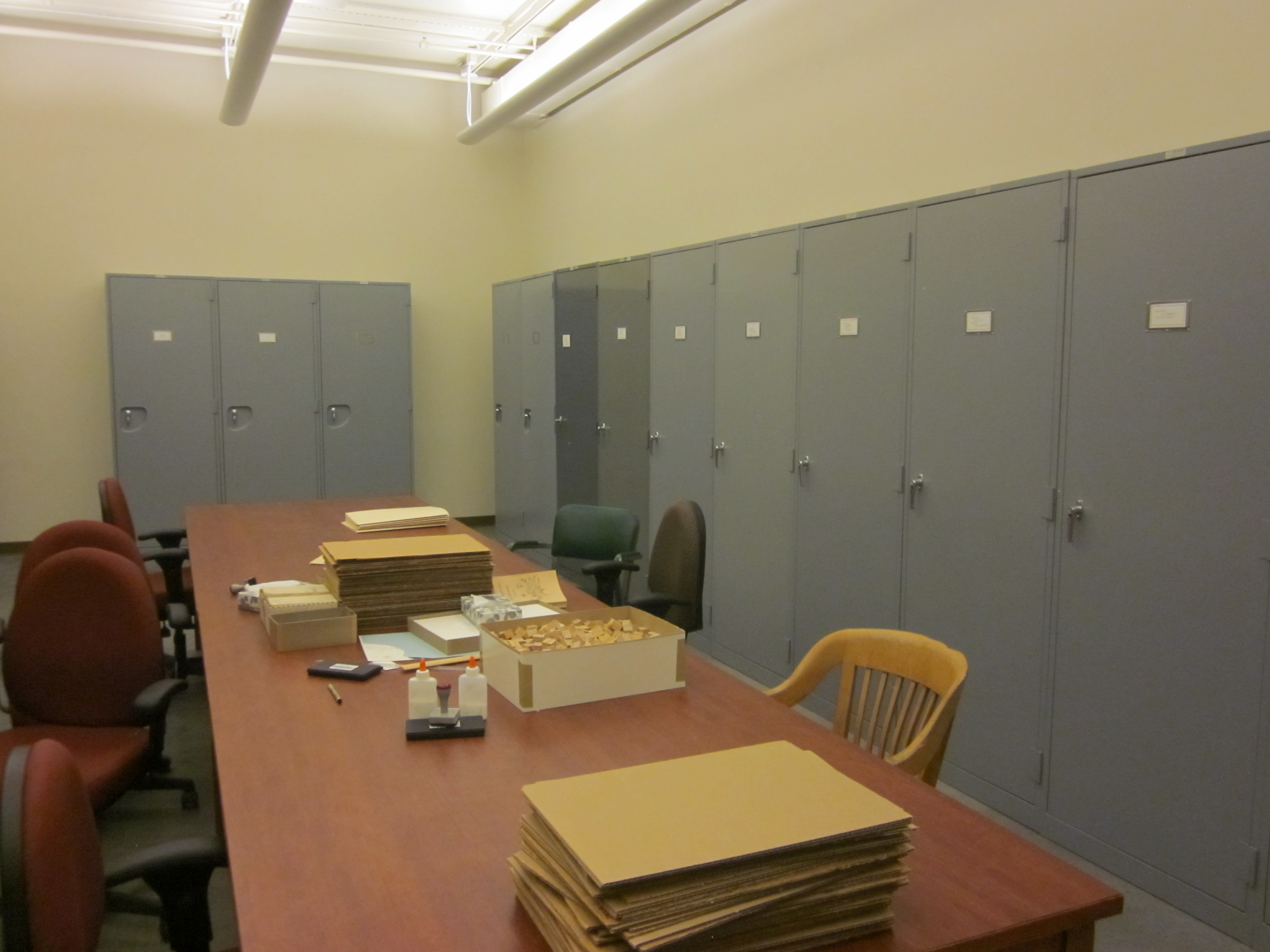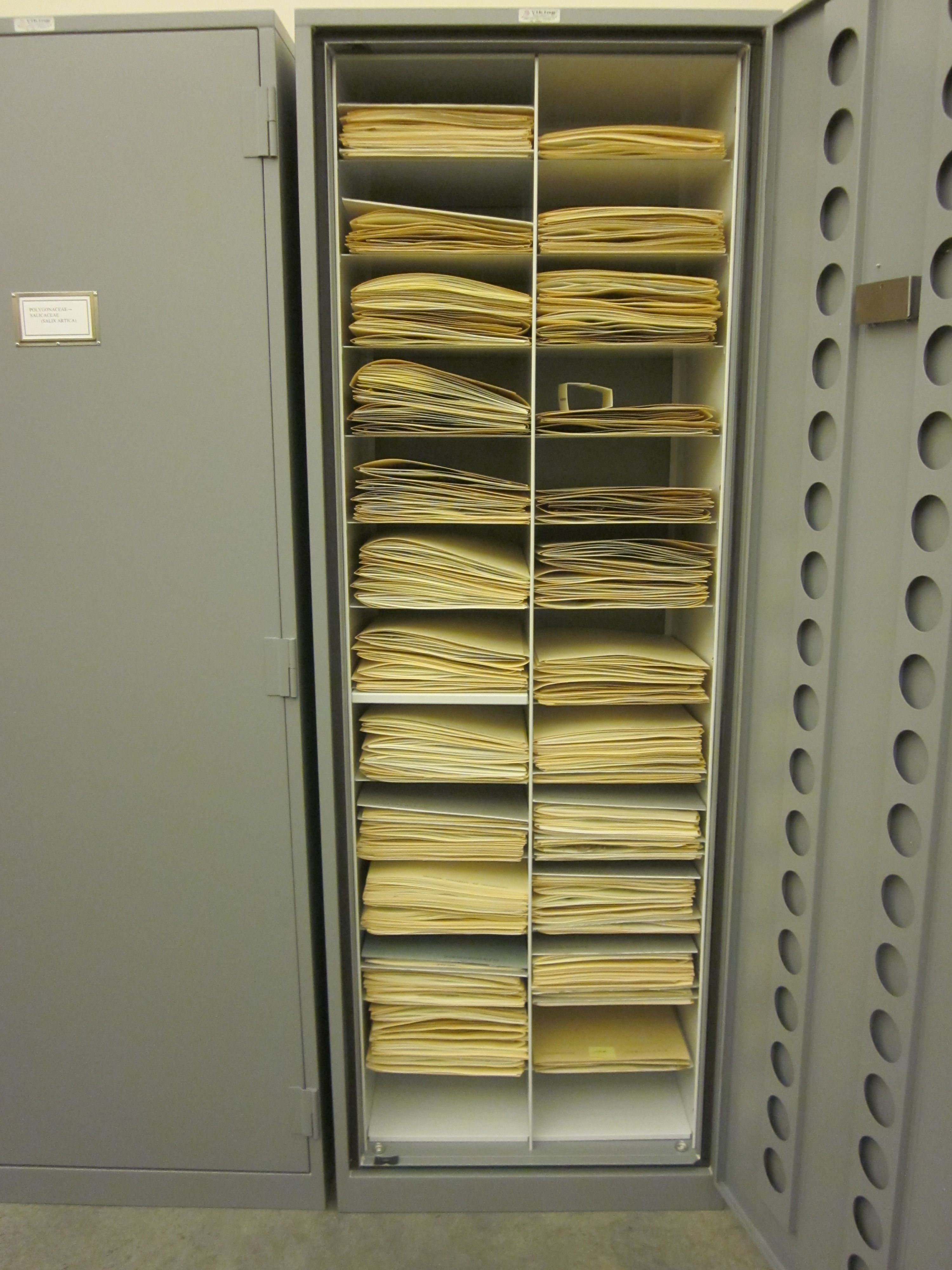Most of our blog entries up to this point have concentrated on cultural items but the Yellowstone collection includes a vast number of natural history items as well. One of those collections includes the plants of the Yellowstone Herbarium.
What is a herbarium? It is a collection of preserved or pressed plant specimens. This particular collection contains mostly plants from the park (please note, only the park botanists and researchers with a permit are allowed to collect plants. It is illegal to take any plants out of the park, including flowers.)
There are over 1,300 different species of plants in Yellowstone National Park. Just over 200 of them are nonnative species (also referred to as introduced, exotic, alien, invasive, and non-indigenous). This means that they are outside of the normal range in which we’d expect to find them. Sometimes plants were introduced on purpose. Red top, common timothy, and clover were planted to feed the bison. In recent times in Yellowstone, it is more likely that they were accidentally brought into our ecosystem, for instance, off of a visitor’s boot or by an animal. There are many fruit trees that have been accidentally introduced when an apple core was thrown out the window.
Of course, there are also plants that occur in the park naturally. Three of our natives are also endemic, meaning they do not occur anywhere else in the world; Yellowstone Sand Verbena, Ross’s Bentgrass, and Yellowstone Buckwheat.


Inside one of the lockers
Other posts in this series:
